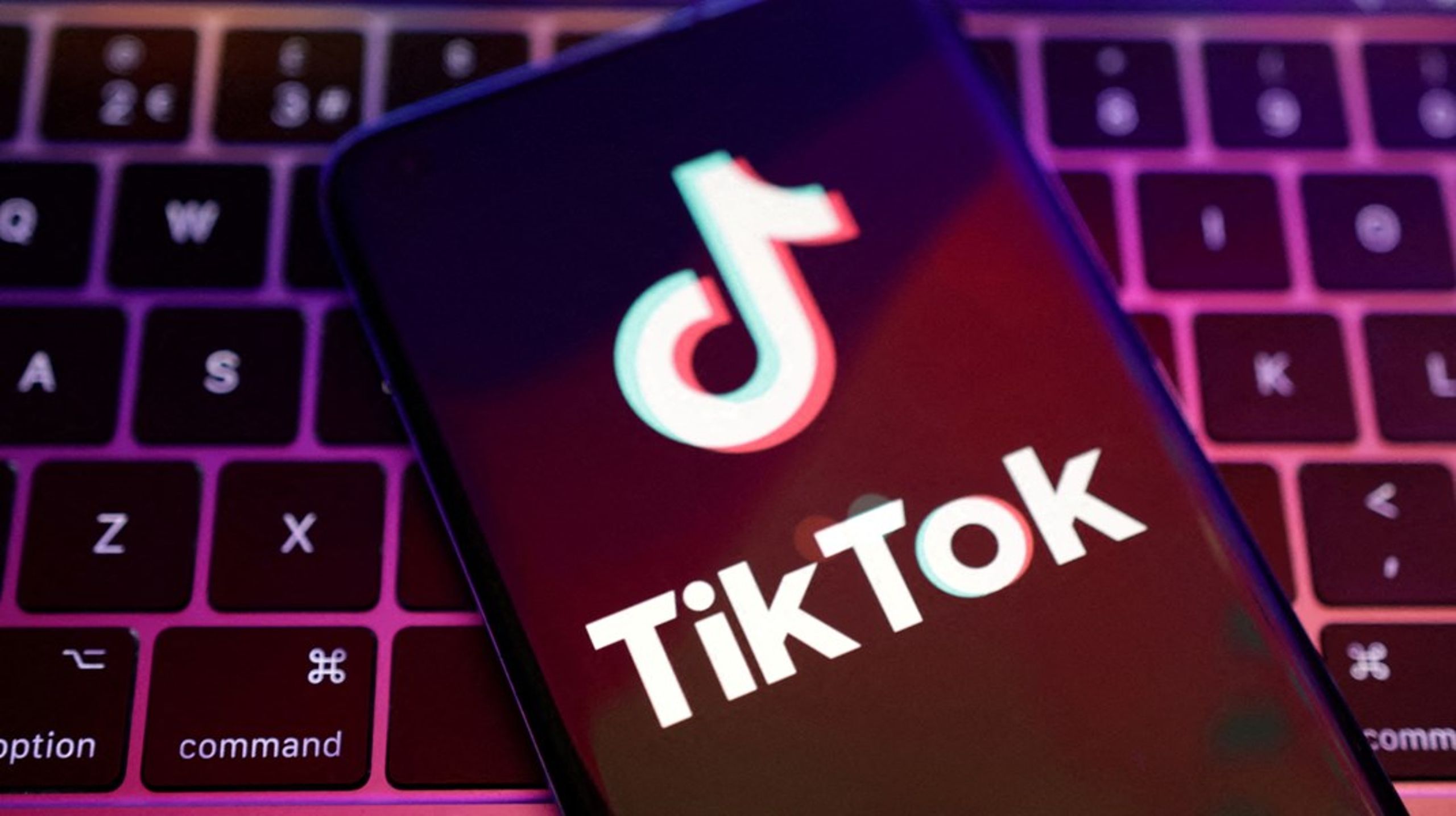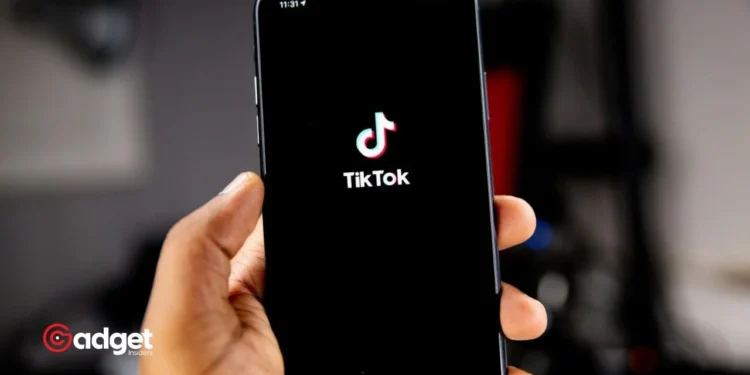TikTok, a global phenomenon known for its addictive video content, is under a ticking clock. The recent decision by the U.S. government mandates ByteDance, TikTok’s Chinese parent company, to sell the app to an American entity.
This decision, signed into law by President Biden, follows a contentious vote in the House and a less unanimous sentiment in the Senate, but with strong support from the Department of Justice favoring the sale over an outright ban. Potential buyers are lining up, with figures like former Treasury Secretary Steven Mnuchin and real estate magnate Frank McCourt showing keen interest. However, their endeavors may face monumental hurdles without TikTok’s most prized possession—its algorithm.

The Algorithm: TikTok’s Heartbeat
Central to TikTok’s success is its sophisticated recommendation algorithm. This technology curates personalized feeds that keep users glued to their screens, a feature that competitors like YouTube and Meta have struggled to replicate successfully.
As per 9to5Mac, this algorithm is not just part of the app; it is the app for many users, distinguishing TikTok from other platforms through its ability to connect content with viewer preferences seamlessly.
However, this algorithm is exactly what the Chinese government has barred from sale to foreign entities, citing regulations that protect technologies integral to national interests.
Potential Pitfalls: Financial Risks and Regulatory Hurdles
Investors like McCourt and Mnuchin are aware of the diminished value of TikTok without its algorithm. Wired highlights the potential $100 billion tag on TikTok, a figure that looms large but may end up as a disastrous investment if the core of what makes TikTok valuable isn’t part of the deal.
The challenges don’t stop at acquiring the app; they extend to replicating the technology that drives its success. Both investors have suggested alternatives and redesigns to bypass these restrictions, but such undertakings promise massive costs and uncertain outcomes.
Mnuchin has been quoted discussing the challenges of building a competing technology from scratch, a task daunting due to the years of development and data that have shaped TikTok’s current algorithm. Meanwhile, McCourt has proposed a new design, though moving beyond the existing successful paradigm could be a herculean task fraught with financial risks.

A Strategic Nightmare: Buying a Brand, Not a Business
Purchasing TikTok without its algorithm means acquiring a shell—a brand stripped of its essence. This scenario poses significant questions about the viability of such an investment. The lack of the algorithm not only affects Platform’s attractiveness to users but also its valuation.
The financial implications are profound, with investors potentially pouring billions into a venture that might not yield the expected returns. The risk is monumental, not just in terms of capital but also the potential to significantly disrupt the digital entertainment landscape.

Looking Ahead: Uncertain Futures and Legal Battles
As the deadline for the sale approaches, TikTok and its potential buyers are bracing for a complex negotiation process. With the app’s legal team vowing to fight against what they deem an unconstitutional ban, the coming months are set to be laden with legal challenges and strategic decisions. Investors must weigh their options carefully, balancing the allure of owning a popular social media platform against the realities of a diminished product.
The forced sale of platform is a narrative of urgency, high stakes, and the harsh realities of international business and geopolitics. As this saga unfolds, the world watches closely, understanding that the outcome will likely influence the digital media industry and the interplay between technology and government regulation for years to come.










